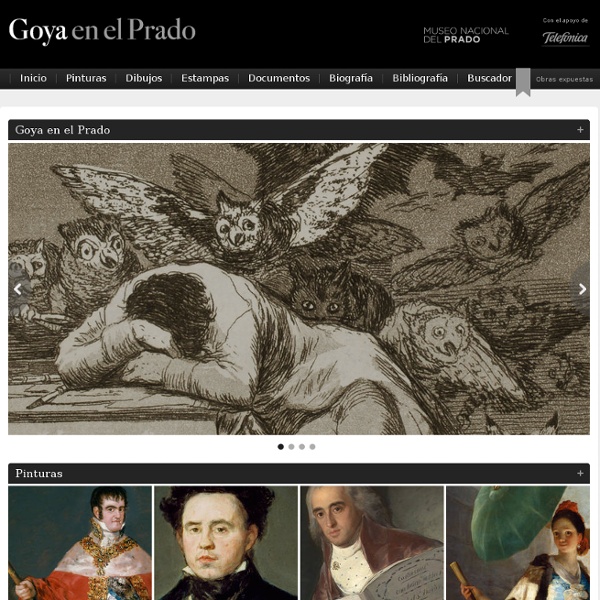CRANACH DIGITAL ARCHIVE
Closer to Van Eyck
The panels of the Ghent Altarpiece are coated with layers of varnish. Varnish serves as a protective coating for paint layers and has important optical functions, since it saturates a painting's colors and creates a more even surface. However, most varnishes gradually degrade over time, getting brittle and opaque, and becoming a darkened and yellowed layer that can dramatically impact the perception of a painting's colors and tonal values. Since a degraded varnish will make the dark areas appear lighter, it will also affect our perception of the rendering of volume and space. During the 2010 urgent conservation treatment of the Ghent Altarpiece, cleaning tests were performed to establish the condition, compounds used, and solubility of the varnish layers. The condition of the varnish layers is very poor indeed, and the color balance of the paintings is now dramatically affected by the dirty, degraded coatings. Panel 1: Adam Panel 2: Singing Angels Panel 3: Virgin Enthroned Panel 7: Eve
l'atelier de peinture et de dessin : apprendre la peinture et le dessin
Color Scheme Designer mode d'emploi
Le différentes harmonies Vous avez des peintures ou dessins à encadrer... et inévitablement se pose le problème du choix des couleurs du biseau, du passe-partout et du cadre ! Vous refaites la déco de votre salon... et vous hésitez sur la tonalité générale des rideaux... Vous ne savez pas quels papiers choisir pour votre page de scrapbooking. Créer des harmonies de couleurs... voilà bien le problème ! Si vous faites partie de la seconde catégorie... n'hésitez pas : le COLOR SCHEME DESIGNER est un outil magique qui va vous simplifier grandement la vie !!! La théorie des couleurs... Tout le monde connaît le cercle chromatique : il est formé par les 3 couleurs primaires (jaune, bleu, rouge), 3 secondaires (obtenue par mélange en parts égales des 3 primaires : vert, orange et violet) puis les 6 couleurs tertiaires... Sur ce cercle chromatique, on dit que deux couleurs opposées sont complémentaires : par exemple, le jaune et le violet sont complémentaires... Harmonie des couleurs complémentaires
35 000 peintures à télécharger gratuitement (et légalement)
35 000 tableaux de grands maîtres en format numérique haute définition. C'est ce que vous pouvez télécharger sur le site de la National Gallery of Art de Washington DC, rapporte OpenCulture.com. Au menu, des Van Gogh, des Gauguin, des Rembrandt, des impressionnistes comme Monet et ses nénuphars, Manet, Cézanne et ses maisons de Provence, Degas et ses danseuses, Renoir etc. "Les utilisateurs peuvent télécharger et utiliser gratuitement et légalement, sans limite, toutes les images disponibles sans demander l'autorisation de la Gallery", peut-on lire sur le site web, qui explique que toutes ces oeuvres sont "libres de droit", c'est-à-dire "dans le domaine public", si on traduit en droit français. Pour ce faire, plusieurs solutions: se rendre dans la partie "collections" -galerie française, autoportrait, musique...- ou encore directement dans le moteur de recherche si vous chercher une oeuvre ou un artiste en particulier. >> Voir aussi: les images les plus recherchées
Crazy Illustrations By Chow Hon Lam | Pokkisam blog
Chow Hon Lam is a t-shirt designer and a humorous illustrator from Malaysia. He has been completed this crazy project called Flying Mouse 365, which is create 1 design per day. I hope his illustrations can bring some smile and entertainment to the world. About the author
Analyse et description de tableaux
Dossiers & analyses d’œuvres Analyse de l'image Exemple de méthode pour analyser un tableau ou une image en utilisant la sémiologie, la connotation et la rhétorique. Rhétorique de l'image Comme à l'oral, le langage image utilise les figures de style pour véhiculer les messages contenus dans le tableau... Guernica La peinture comme une arme pour raconter l'horrible tragédie du 26 avril 1937... Le triomphe de Galatée Quand la composition et la couleur participent à la narration de la scène mythologique. Un nouveau langage L'image de la renaissance invente un langage nouveau et abandonne les codes de lecture du visuel médiéval… Deux regards sur le portrait Le thème du portrait est extrêmement large par la complexité du genre et de son étendue dans l'histoire de l'art…
Repères chronologiques pour la peinture
Les Fauves (Matisse, Derain), qui exposent pour la première fois en 1905, libèrent la couleur pour privilégier la traduction des sensations. Henri Matisse, Femme au chapeau, 1905 Deux ans plus tard, Pablo Picasso termine Les Demoiselles d’Avignon. En s’inspirant de modèles primitifs, il renouvelle les codes de la représentation et annonce le Cubisme (Picasso, Braque, Gris). Georges Braque, Le Verre sur la table, 1909-1910 De grands bouleversements ont lieu. Les mouvements d’avant-garde qui naissent en Europe s’emparent de la peinture pour exprimer leurs visions du monde : le Futurisme en Italie privilégie la vitesse, l’Expressionnisme allemand s’inspire de la spontanéité des arts populaires… L'oeuvre de Luigi Russolo, La Révolte, 1911 dans l'exposition le Futurisme à Paris au Centre Pompidou. Emil Nolde, La Vie du Christ, 1911 Parallèlement, plusieurs peintres tels que Vassily Kandinsky ou Kazimir Malevitch réalisent des toiles abstraites. Vassily Kandinsky : Impression V (Parc), 1911
MyPaint
Corel Painter 12
Windows You will be downloading a 30-day, fully functional trial version of Painter X3. This trial is available in both 32-bit and 64-bit versions. PLEASE NOTE: You must have a 32-bit system in order to run the 32-bit trial and a 64-bit system in order to run the 64-bit trial. Mac You will be downloading a 30-day, fully functional trial version of Painter X3. Running Mavericks? By downloading this trial product, you agree to receive marketing communications from us and/or our suppliers.
Artrage Home
Alchemy | An open drawing project



